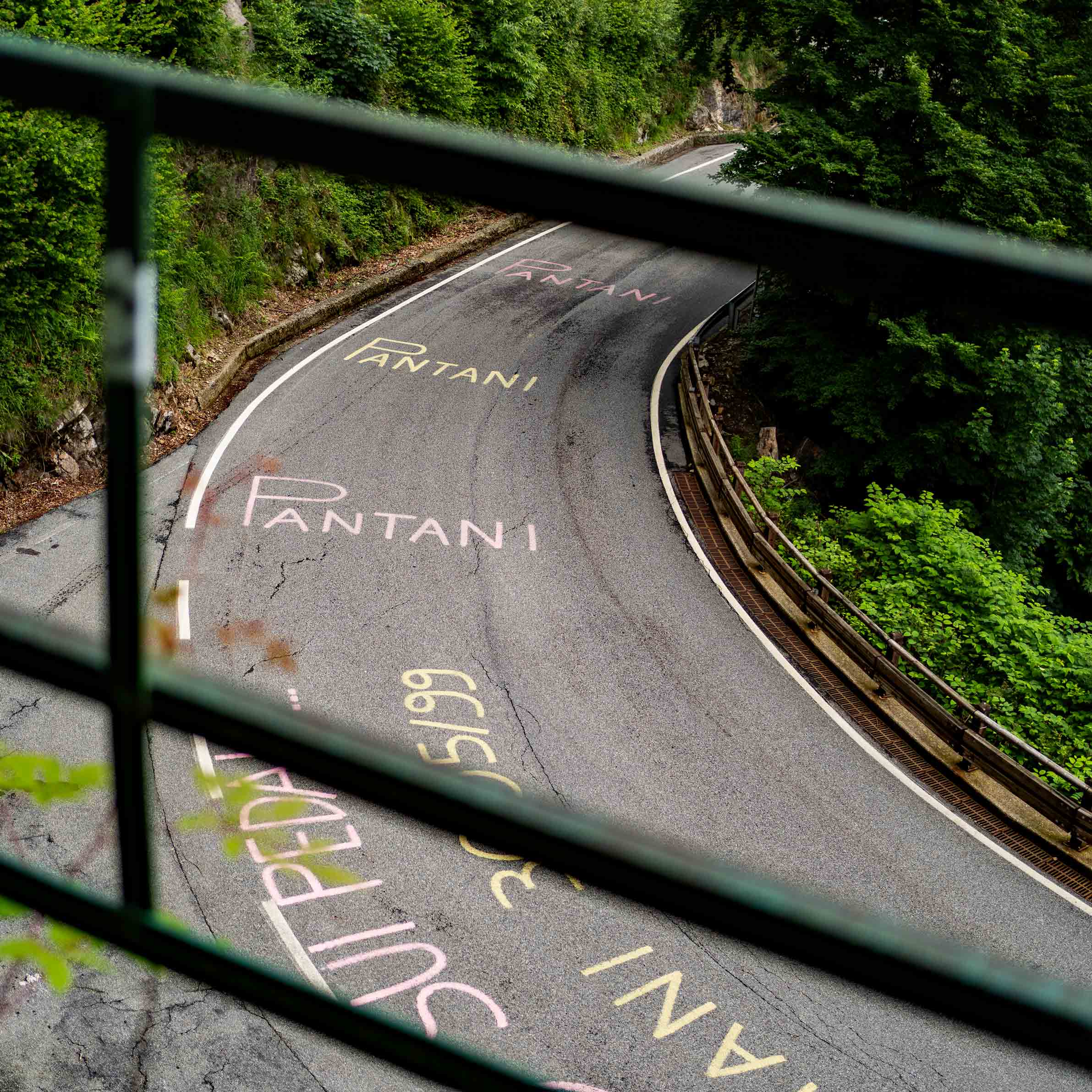Biella in north-west Italy might not be an area that you have previously heard of, or considered as a gravel riding destination, but with the launch this year of the Bojador Gravel Trail event, it is now well and truly on the gravel riding map. Claudia Gerosa, a Shimano Gravel Alliance rider headed to the event in search of a flow state amongst holy sites and hell-ish hills.
This year was the first time that Bojador Gravel Trail had taken place, promising to send riders on an adventure through the hills, mountains, nature reserves and ancient villages around Biella in north-west Italy, a region that radiated a sense of legend and mystery.
For unspoilt Italian scenery, I immediately knew I’d come to the right place. I now just had to choose the right event distance: either 200 km with 3,300 metres of climbing spread over two days, or one of the day-long routes of either 98 km, 54 km or 40 km. My friends and I were all unfamiliar with the terrain and decided to go for the long single-day course of 98 km with 1,650 metres of climbing.
The region around Biella, which you might remember from this year’s Giro d’Italia, or even 25 years ago when its sanctuary climb was dominated by Marco Pantani, has a bit of everything, from innocent-looking hills covered in vineyards right through to huge mountains, but is oddly unknown to most people, even to many Italians.
The event started and finished in the city of Biella, which is at the foot of the Alps and famous for its (former) textile industry, as well as its intricate maze of tiny, cobbled streets and its scattering of renaissance and medieval buildings. The roll-out at this low-key event already felt pretty special and set the tone for the rest of the day.

A few kilometres into the ride, we became acutely aware that it was not going to be a cruise in the park. The day’s biggest climb was up to the Santuario di Oropa, rendered iconic after Marco Pantani’s historical 1999 win in the Giro d’Italia. We were obviously not taking the usual, fairly mellow paved route though. Instead, we were forced into a staccato rhythm as we faced steep ramps on narrow, little-used B-roads, fields and tough trails that had been around for centuries. Given the weather conditions that Italy had been subjected to for the past few months, it wasn’t surprising that the ground was still very damp in places, making grip more of an issue than we’d have liked.
Once at the hallowed site at the top of the hill, we made time for a quick coffee before joining an undulating trail lined with beech and birch trees, crossing Alpine flower meadows and mountain streams. This eventually led us past the trappist monastery “Trappa”.
Next up, there was more singletrack for us to tackle. The trail carved through a deep forest until we emerged into Andrate, a picture-book village on the southern-facing slopes of the Serra di Ivrea.
There was little chance of getting bored at this event, as the photo-stop-worthy sights and panoramic spots kept on coming. The Croce Serra gave us jaw-dropping views over the valleys below us, while the Castello di Roppola dominated the view elsewhere, giving us a glimpse of how this region must have felt during the feudal reign.
Next up was a succession of villages where it felt like time had stood still. We weaved through the tiny alleyways of Magnano, past its Roman church and soaked up its sleepy rural vibes. In Piverone, we joined the “Via Francigena” waymarked route, following it for a short stretch until Viverone, which is known for its beautifully tranquil lake where we had to take another rest.
From here, we climbed up the Bessa nature reserve, via Zubiena, which spoiled us with even more gorgeous views, before pedalling back into Biella where we were met with the well-loaded final feed station.
It wasn’t just a physical triumph to complete this course, but also one for the senses. It felt grounding to ride through a landscape that was so in touch with its traditional cuisine and natural beauty. It was almost as if the route had enabled us to reach a flow state. If one thing is for sure, we learned that this area was worth a return visit!
If you're interested in following in Claudia's tyre prints, you can find her route (plus the other ones from the event) here:
Bikepacking 180 km 3300m +